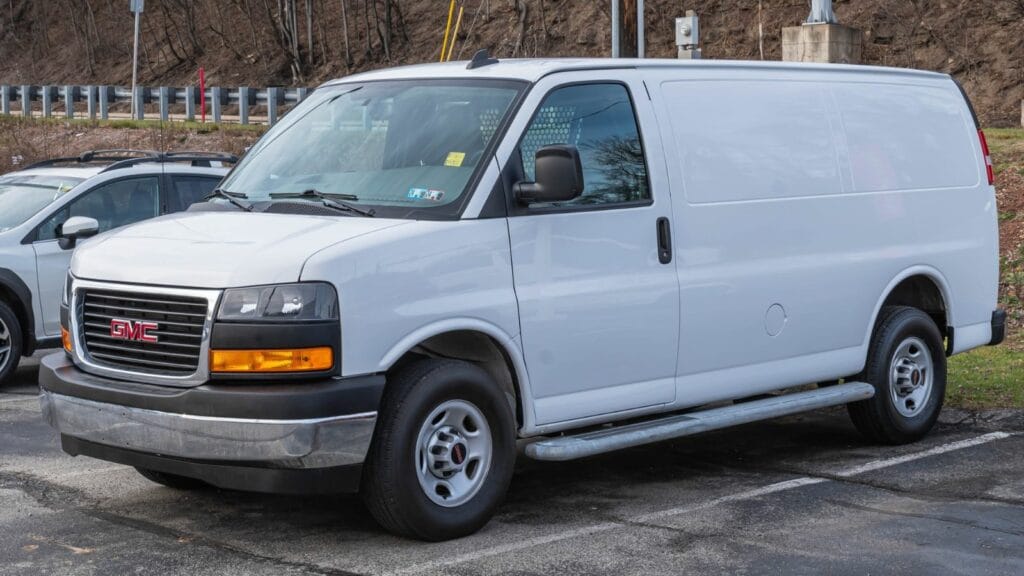Work vans are more than just vehicles; they’re partners in productivity. From delivering pizzas to building skyscrapers, these trusty machines have carried the weight of industries on their axles. So next time you see a work van on the road, give it a nod of respect. Behind every dent and scratch is a story of hard work and determination. Here are 23 legendary work vans that have carried more than cargo — they’ve carried businesses, dreams, and much work.
Ford Transit
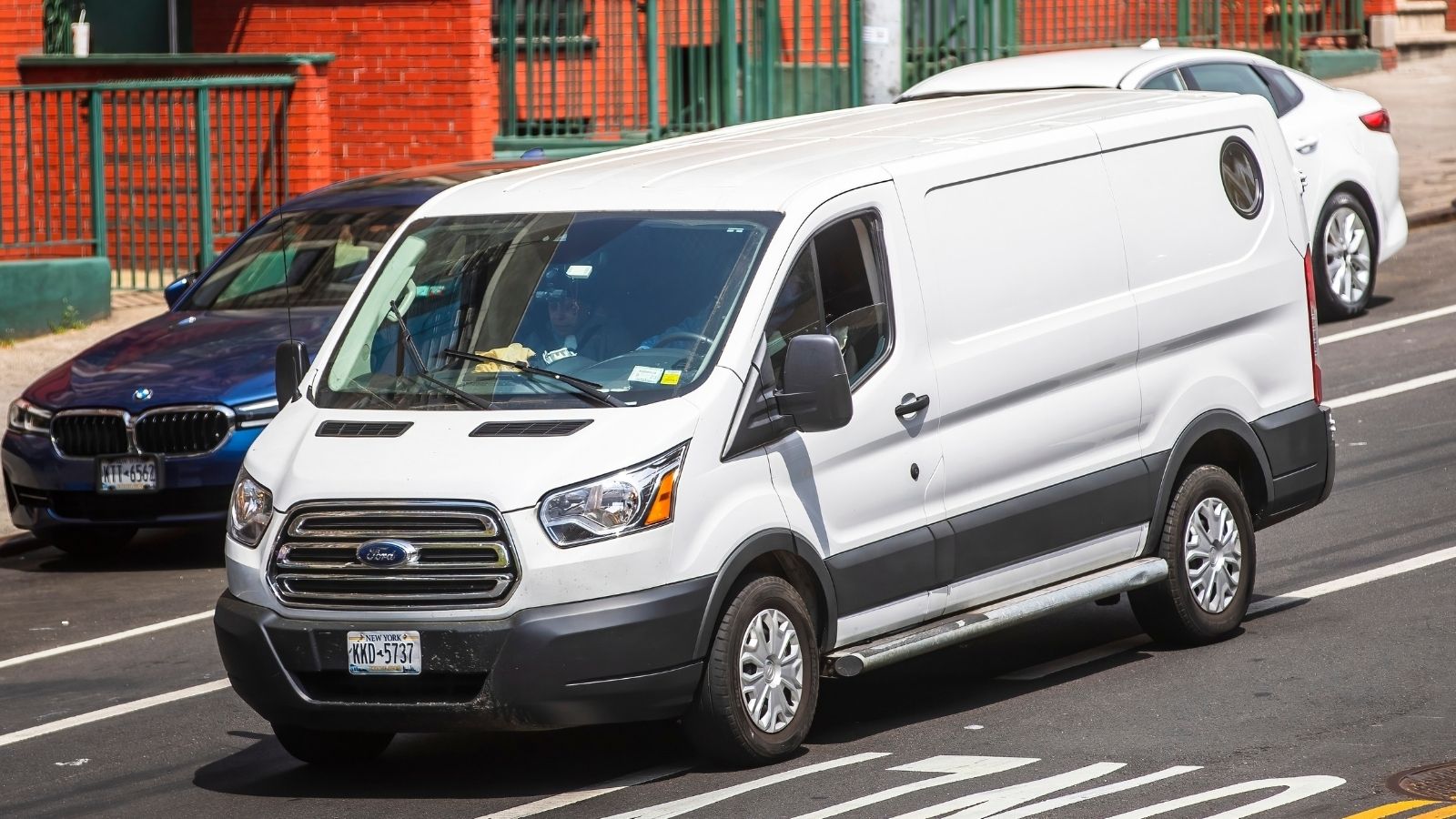
The Ford Transit is like the passport-toting global citizen of work vans. Its powertrain options include a standard 3.5L V6 engine, an efficient EcoBoost turbocharged variant, and an all-electric model, the E-Transit, offering a 126-mile range. Also, with payload capacities reaching 4,530 pounds and up to 487.3 cubic feet of cargo space, the Transit excels in utility. Advanced safety features, including lane-keeping assist and adaptive cruise control, ensure a secure ride.
Mercedes-Benz Sprinter
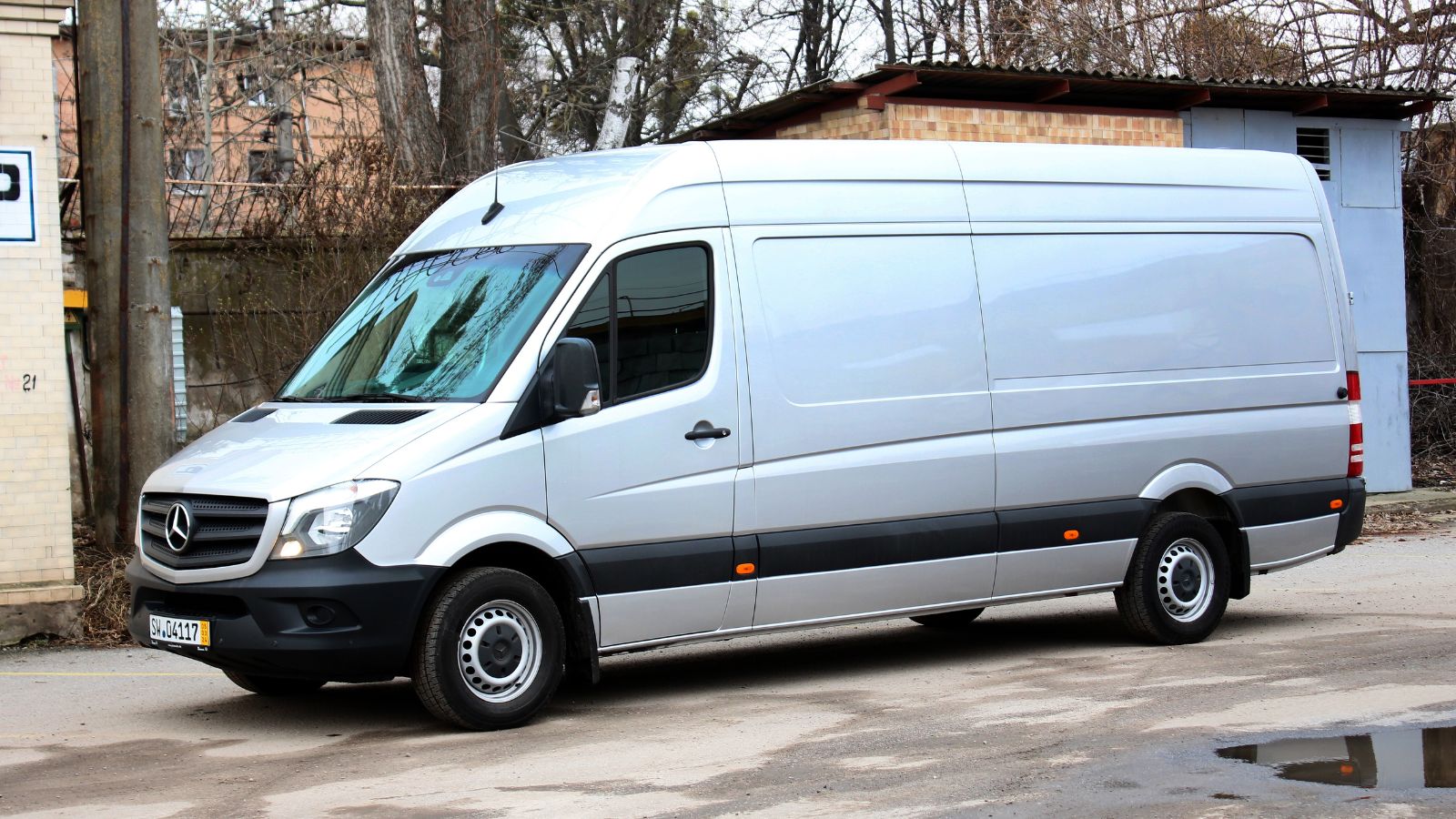
Introduced in 1995, the SPrinter quickly became a favorite for commercial and recreational use. Available in cargo, passenger, and crew configurations, the Sprinter comes with various lengths, roof heights, and drivetrain options, including rear-wheel drive, all-wheel drive, and now electric (eSprinter). With advanced tech like crosswind assist and navigation systems, the Sprinter has carried everything from Amazon packages to VIP passengers.
Volkswagen Transporter
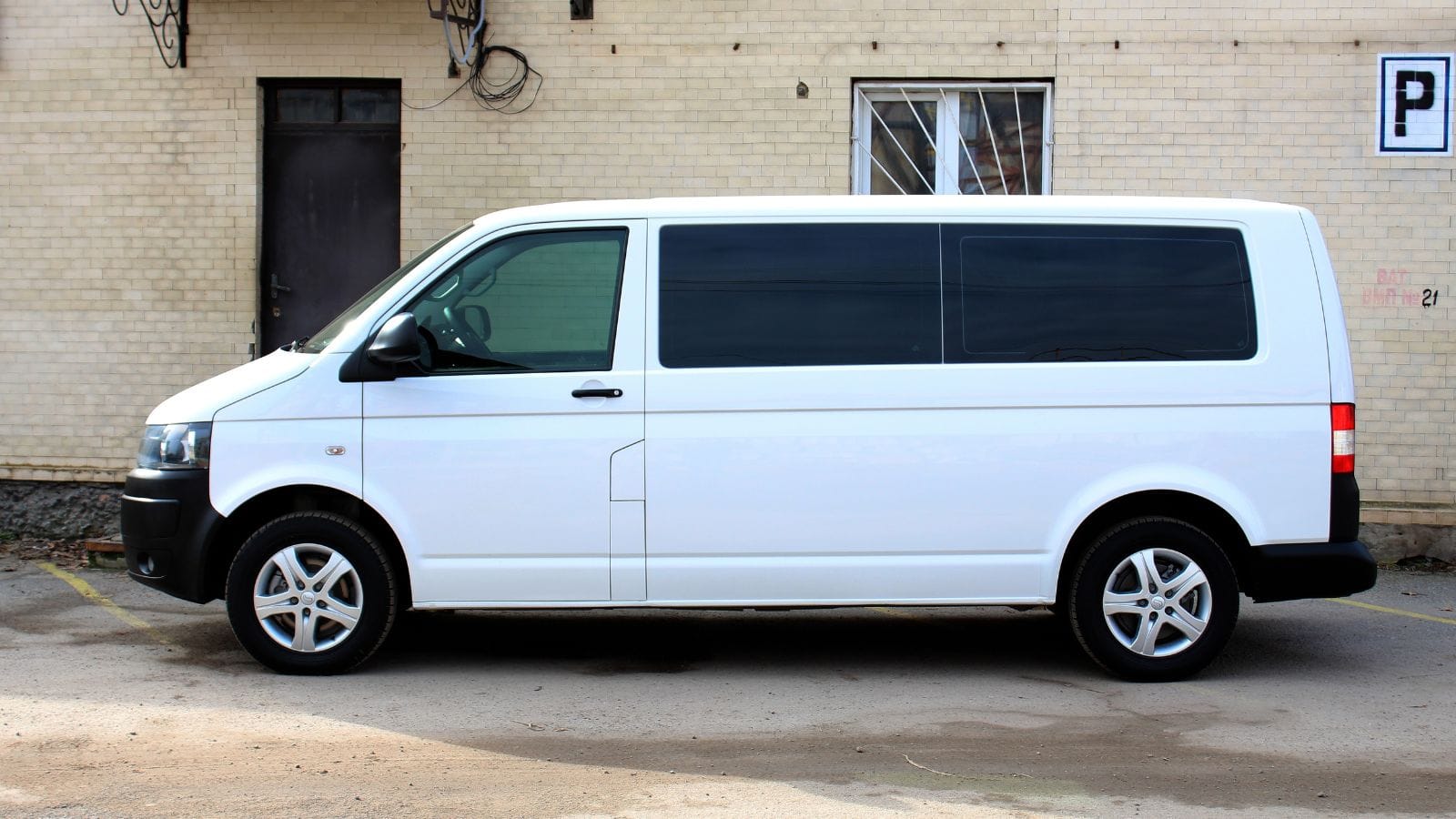
Let’s be honest: you can’t talk about work vans without bowing to the iconic Volkswagen Transporter. Introduced in 1950, it’s done everything from carrying construction tools to ferrying surfers to hidden beaches. Known as the Type 2 (following the iconic Beetle, the Type 1), the Transporter has undergone six generations, from the T1 “Splitscreen” to the modern T6.1. It’s famous for its adaptability, serving as a camper (like the iconic Westfalia), cargo van, and people carrier. If you’ve ever seen a peace sign painted on a vehicle, odds are it was a VW van.
RAM ProMaster
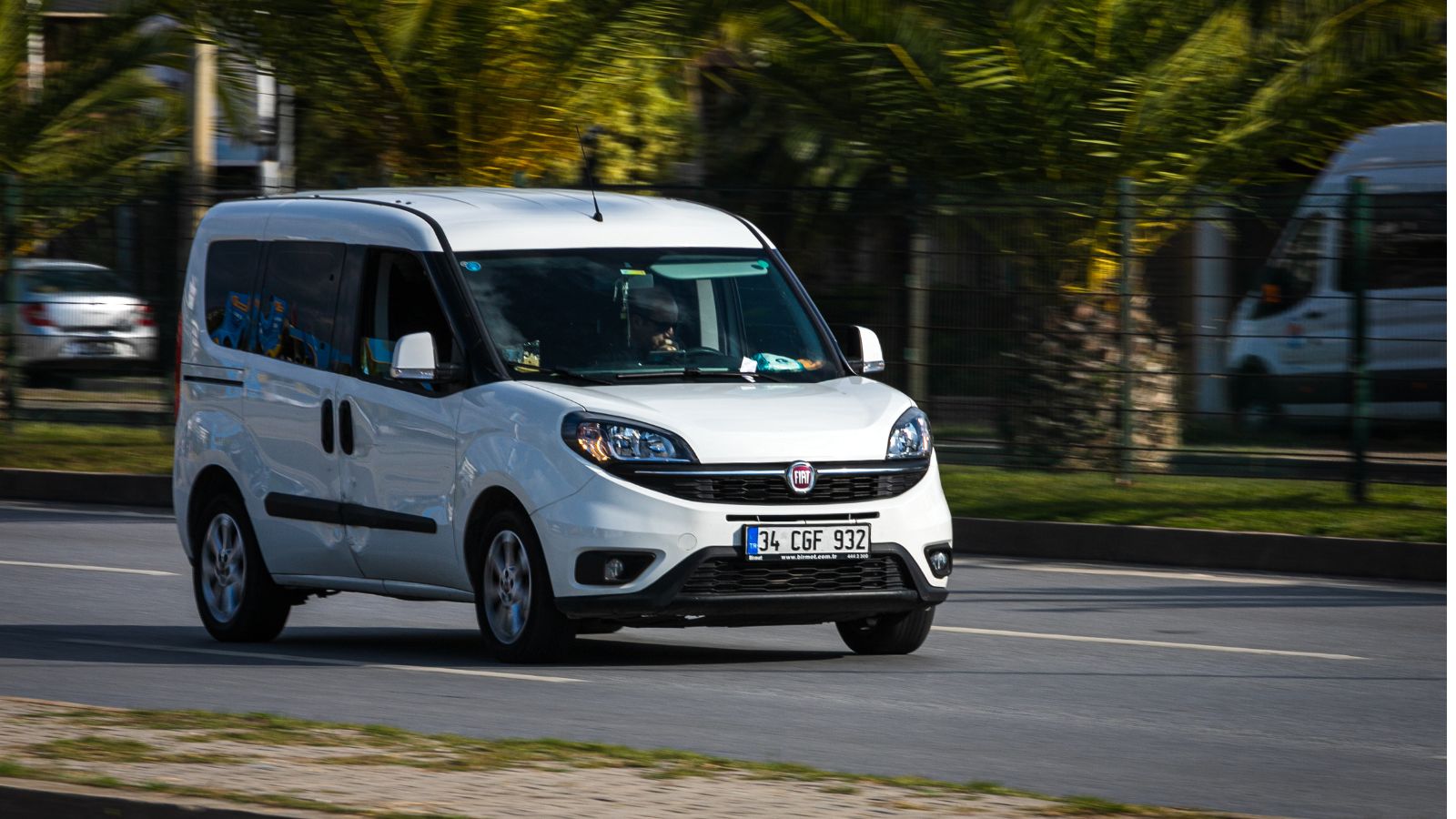
Known for its best-in-class cargo width, the RAM ProMaster has been a favorite among contractors and tradespeople. Its towing capacity reaches 6,910 pounds, with payloads up to 4,680 pounds, making it a workhorse. Modern tech includes Uconnect 5 with a 10-inch touchscreen, Apple CarPlay, and Android Auto. The ProMaster also boasts safety features like Forward Collision Warning and Blind-Spot Monitoring. Durable, efficient, and spacious, it’s a favorite for tradespeople and businesses. It’s the workhorse you call when the load gets heavy.
Nissan NV200
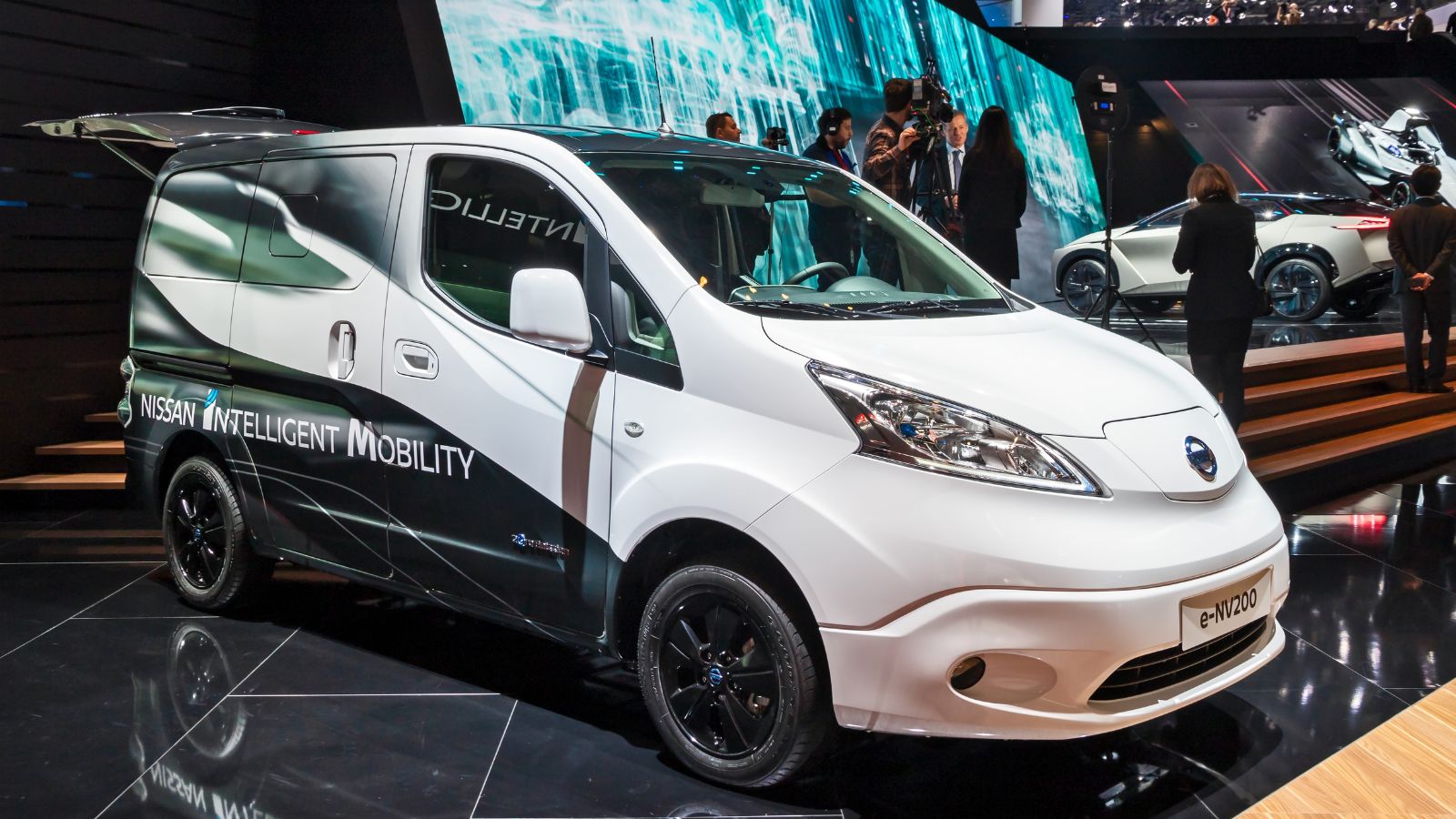
Small but mighty, the NV200 is perfect for urban businesses that don’t want to deal with tight parking spots. It was introduced globally in 2009 and aimed at businesses seeking a practical yet cost-effective solution. The NV200 features a boxy design optimized for cargo space, with a high roofline and flat sides to maximize internal storage. It also offers 122.7 cubic feet of cargo volume, a low loading floor height of 19.2 inches for easy access and wide-opening rear doors. Plus, it’s a favorite among florists, caterers, and even mobile dog groomers.
Chevrolet Express
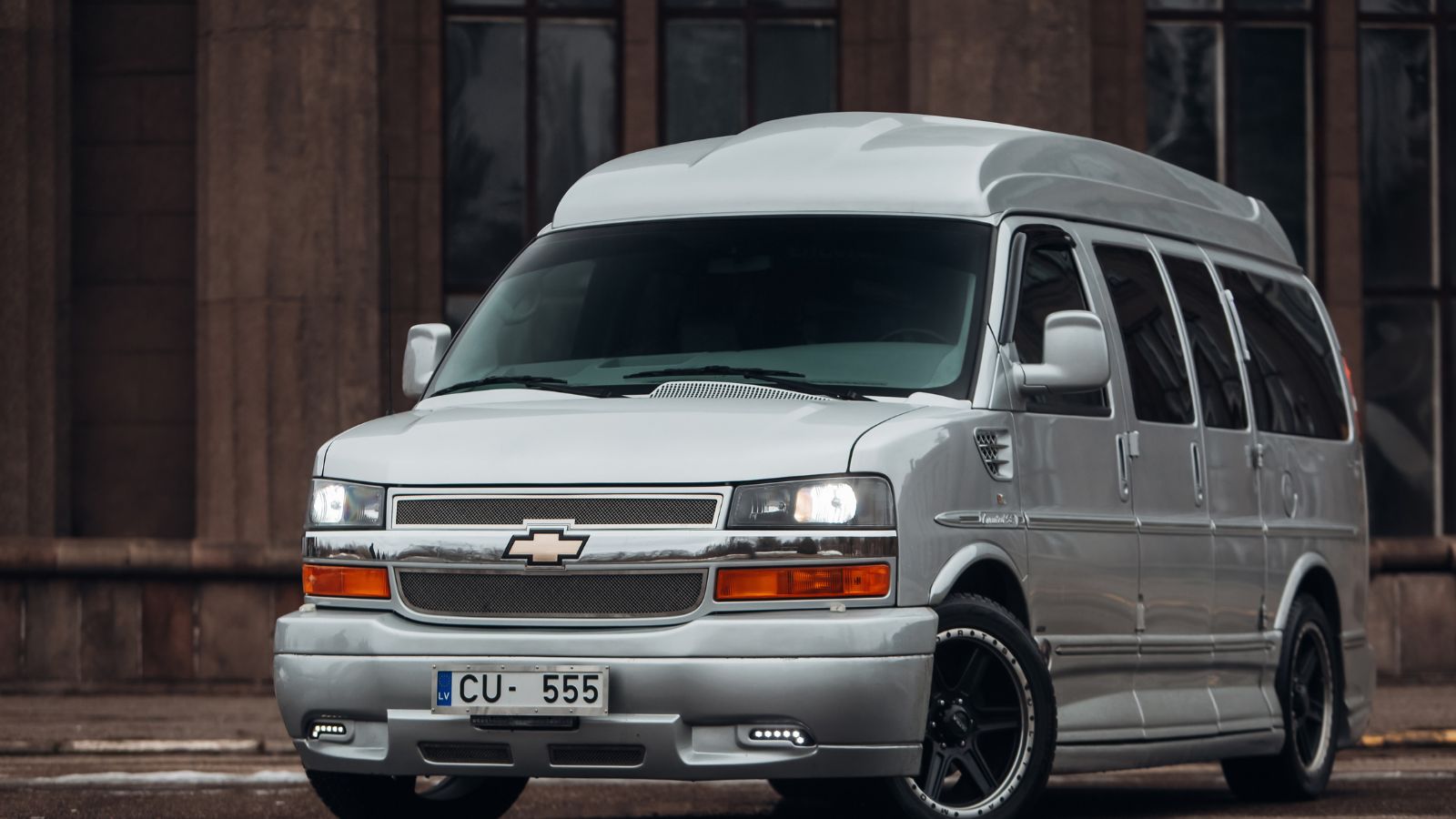
Introduced in 1996, the Chevy Express has been the go-to van for decades. Its boxy shape prioritizes utility over flair. Its high roofline enhances interior capacity, making it perfect for hauling goods or accommodating up to 15 passengers. Further, subtle updates like new grille designs and upgraded headlights have modernized its rugged aesthetic over the years without compromising its utilitarian ethos.
Toyota HiAce
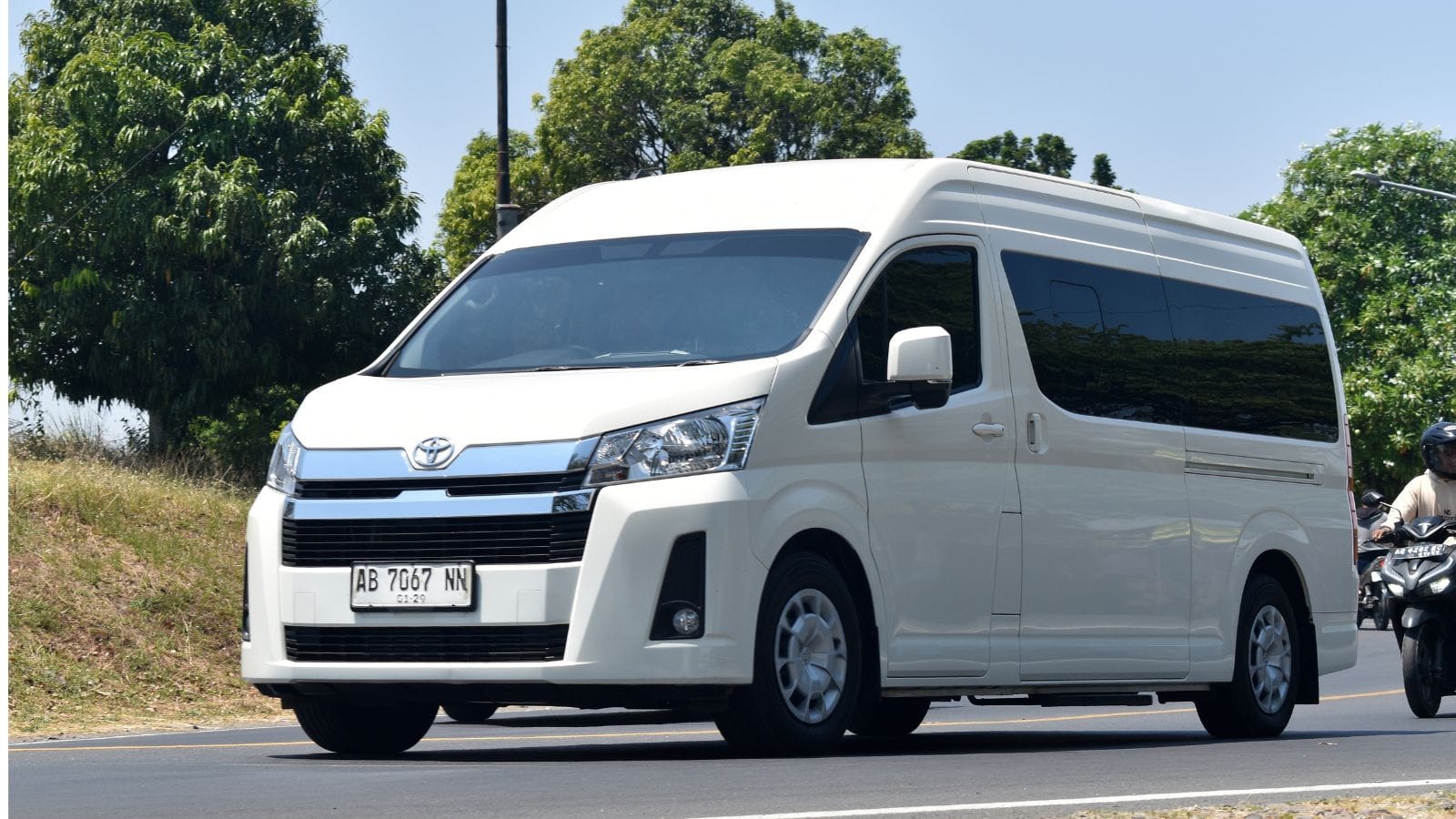
The Toyota HiAce might not be as flashy as others, but it’s a global workhorse. Popular in Asia, Africa, and beyond, it’s used as a minibus, cargo van, and even an ambulance. Its interior ensures it can be customized for various use cases, such as passenger transport, camper vans, and cargo. Also, Toyota’s focus on durability is evident in its robust materials and high-quality finishes.
Peugeot Expert
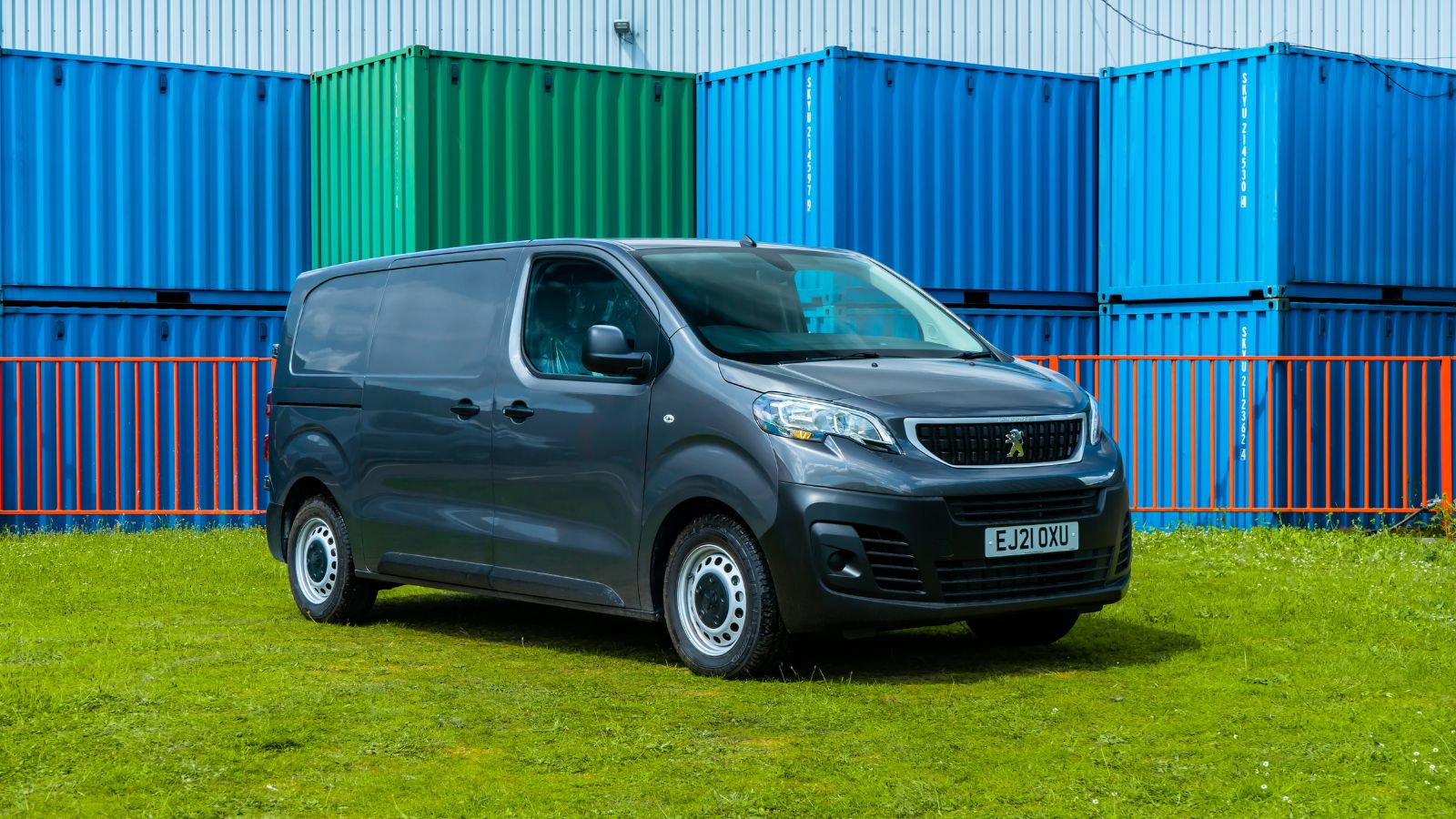
Sleek, stylish, and surprisingly practical, the Peugeot Expert is a favorite among European tradespeople. Introduced in 1995 and currently in its third generation (since 2016), it is built on the EMP2 platform, shared with other PSA Group vehicles. Its exterior design exudes Peugeot’s contemporary styling language, featuring a bold front grille, sharp headlights, and aerodynamic contours. And, with its efficient diesel engines, it’s often seen zipping through narrow city streets, delivering everything from baguettes to bespoke furniture.
Citroën Berlingo
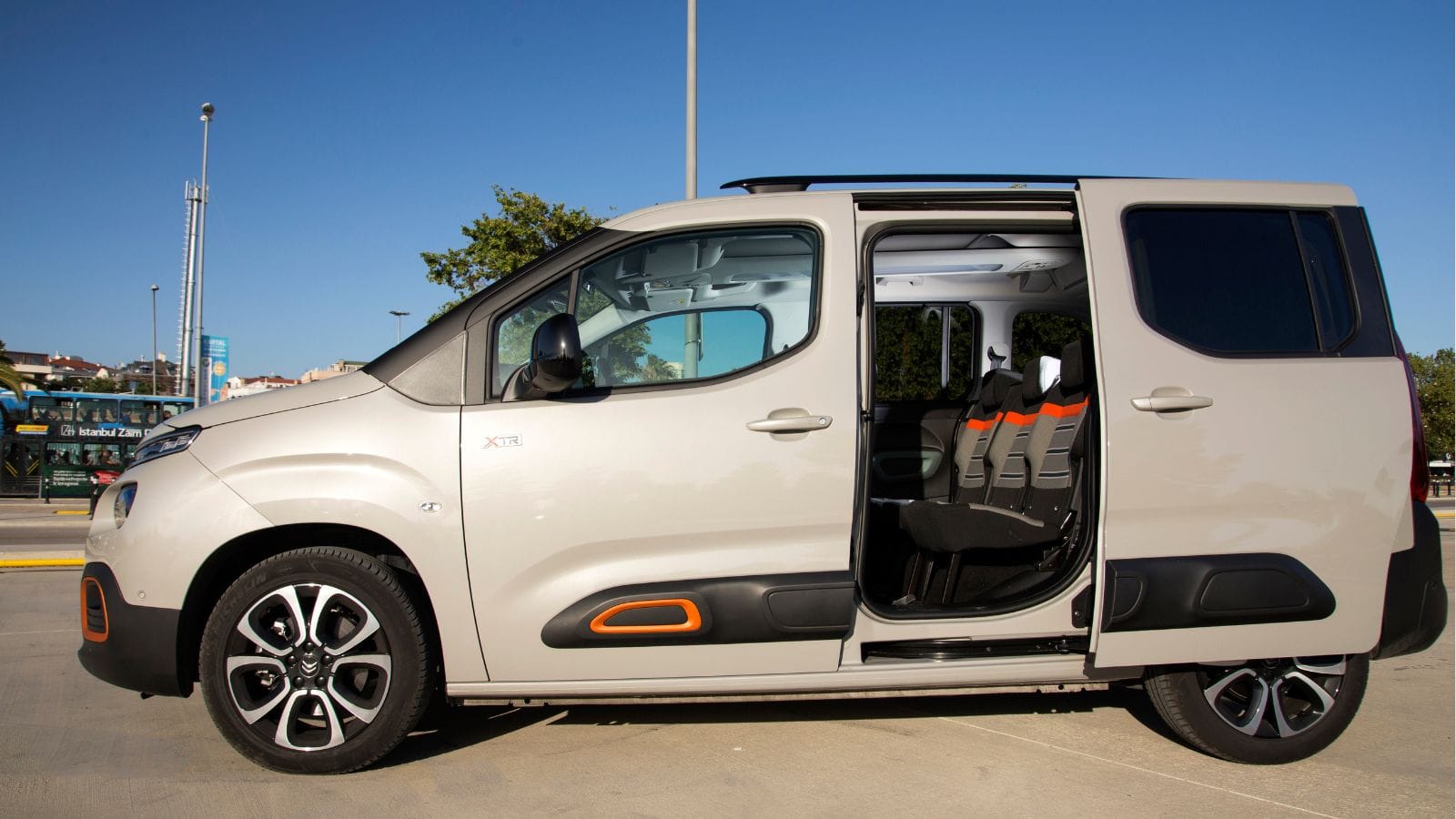
The Berlingo is as French as croissants and existential philosophy. Built on the PSA Group’s small van platform, it blends practicality, affordability, and a quirky design ethos synonymous with Citroën. The Berlingo’s spacious interior and modular seating in passenger and cargo variants make it a favorite among families and businesses. Also, engine options include efficient petrol, diesel, and electric powertrains, such as the e-Berlingo, which boasts a 50-kWh battery and a 170-mile range. Not to mention, it’s even been used as a mobile cheese shop.
GMC Savana
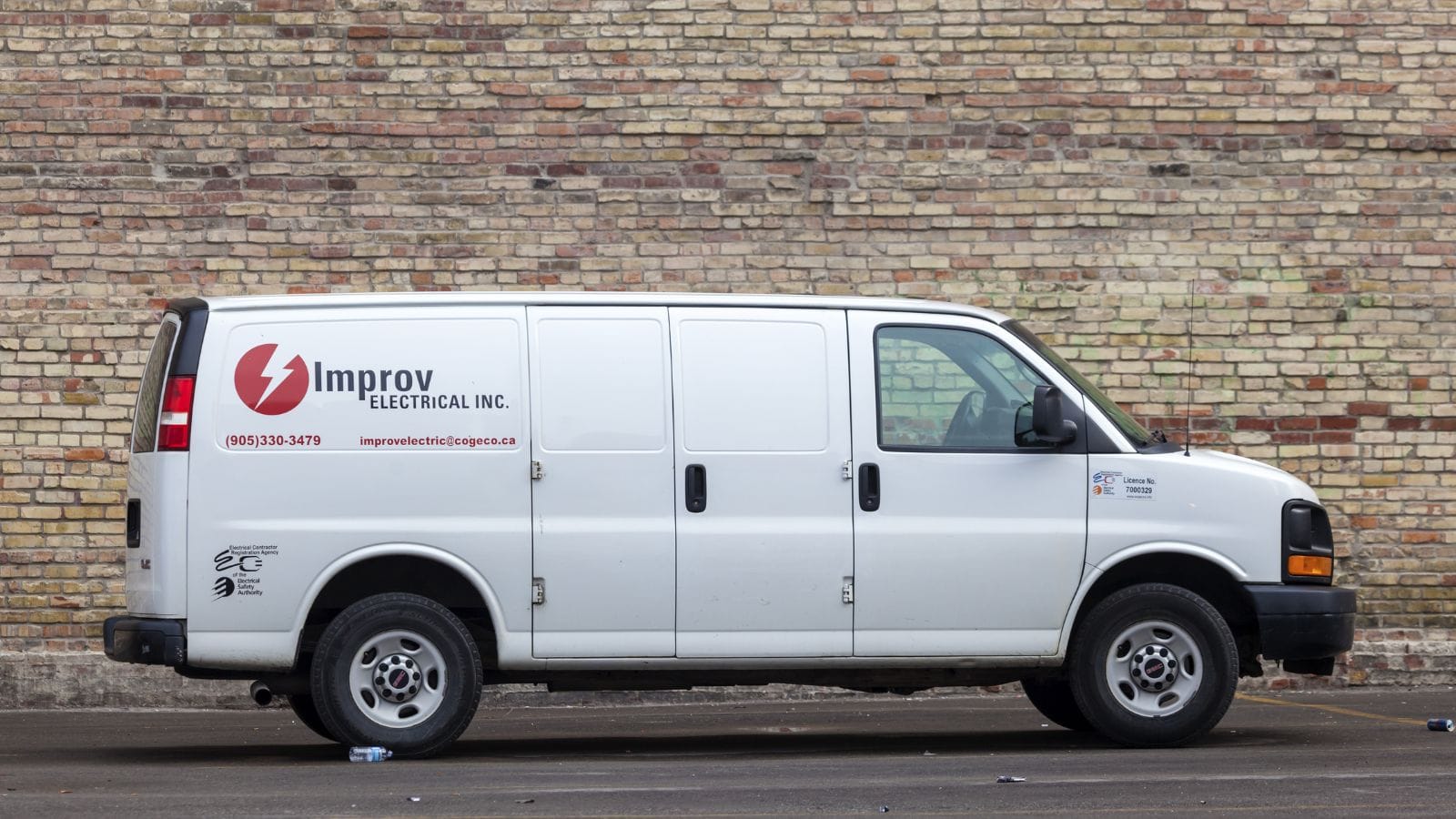 The GMC Savana is essentially the Chevy Express’s twin sibling. Known for its reliability, the Savana is often used for cargo transport, passenger shuttles, and camper conversions. Its heavy-duty chassis allows for high towing capacity, peaking at 10,000 pounds when properly equipped. The spacious cargo areas are made for large loads, while a relatively straightforward dashboard and durable materials make for easy upkeep. So, if there’s a ladder rack on the roof, the odds are good it’s a Savana.
The GMC Savana is essentially the Chevy Express’s twin sibling. Known for its reliability, the Savana is often used for cargo transport, passenger shuttles, and camper conversions. Its heavy-duty chassis allows for high towing capacity, peaking at 10,000 pounds when properly equipped. The spacious cargo areas are made for large loads, while a relatively straightforward dashboard and durable materials make for easy upkeep. So, if there’s a ladder rack on the roof, the odds are good it’s a Savana.
Renault Trafic
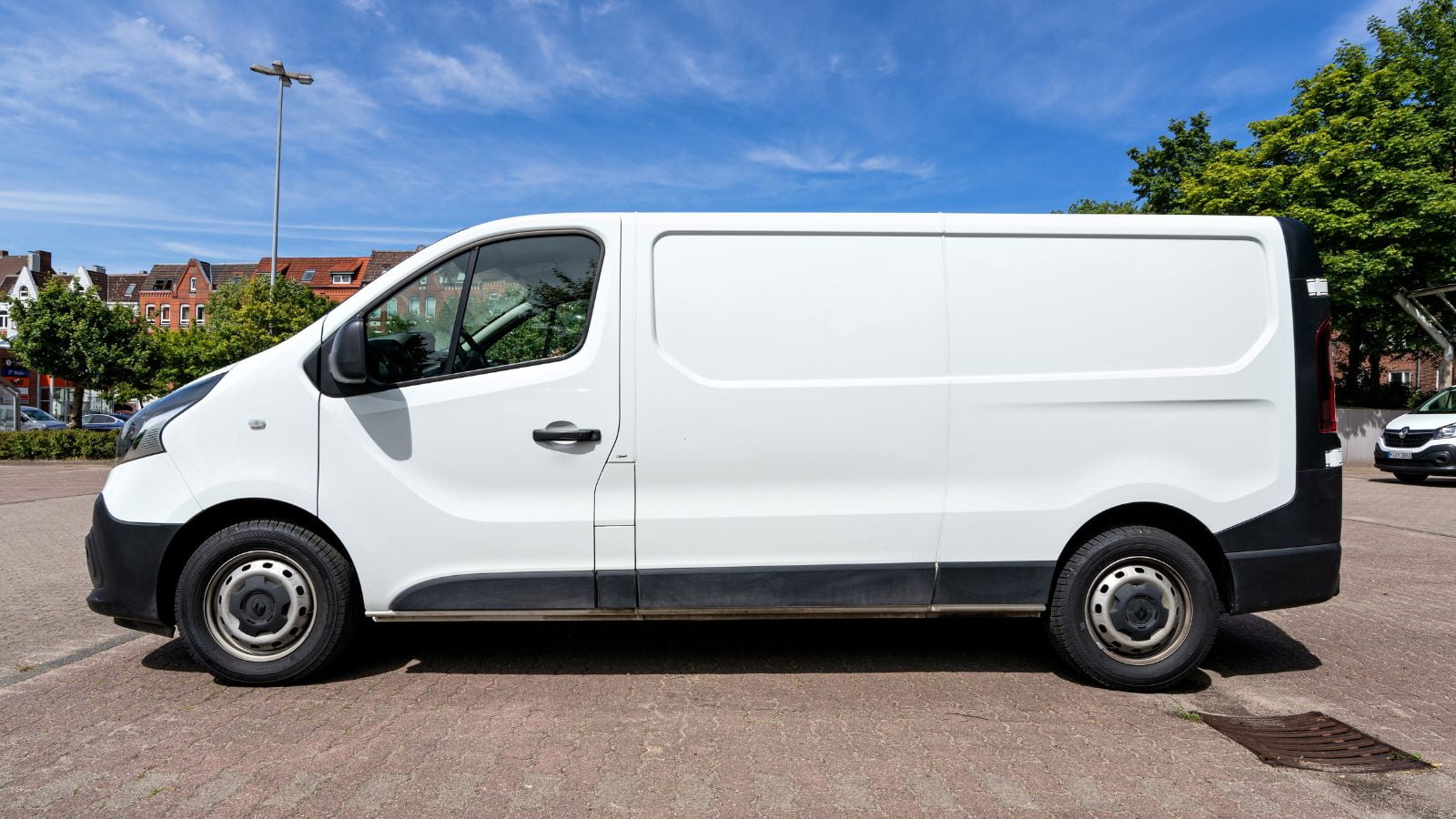
A staple in Europe, the Renault Trafic is known for its clever design and impressive fuel economy. The latest model, since 2020, features a more refined design with advanced safety technologies like lane-keeping assist and autonomous emergency braking. It’s also available in various configurations, including panel vans, crew vans, and passenger versions. Plus, with customizable interiors, it’s equally at home delivering parcels or being converted into a cozy camper van.
Dodge Ram Van
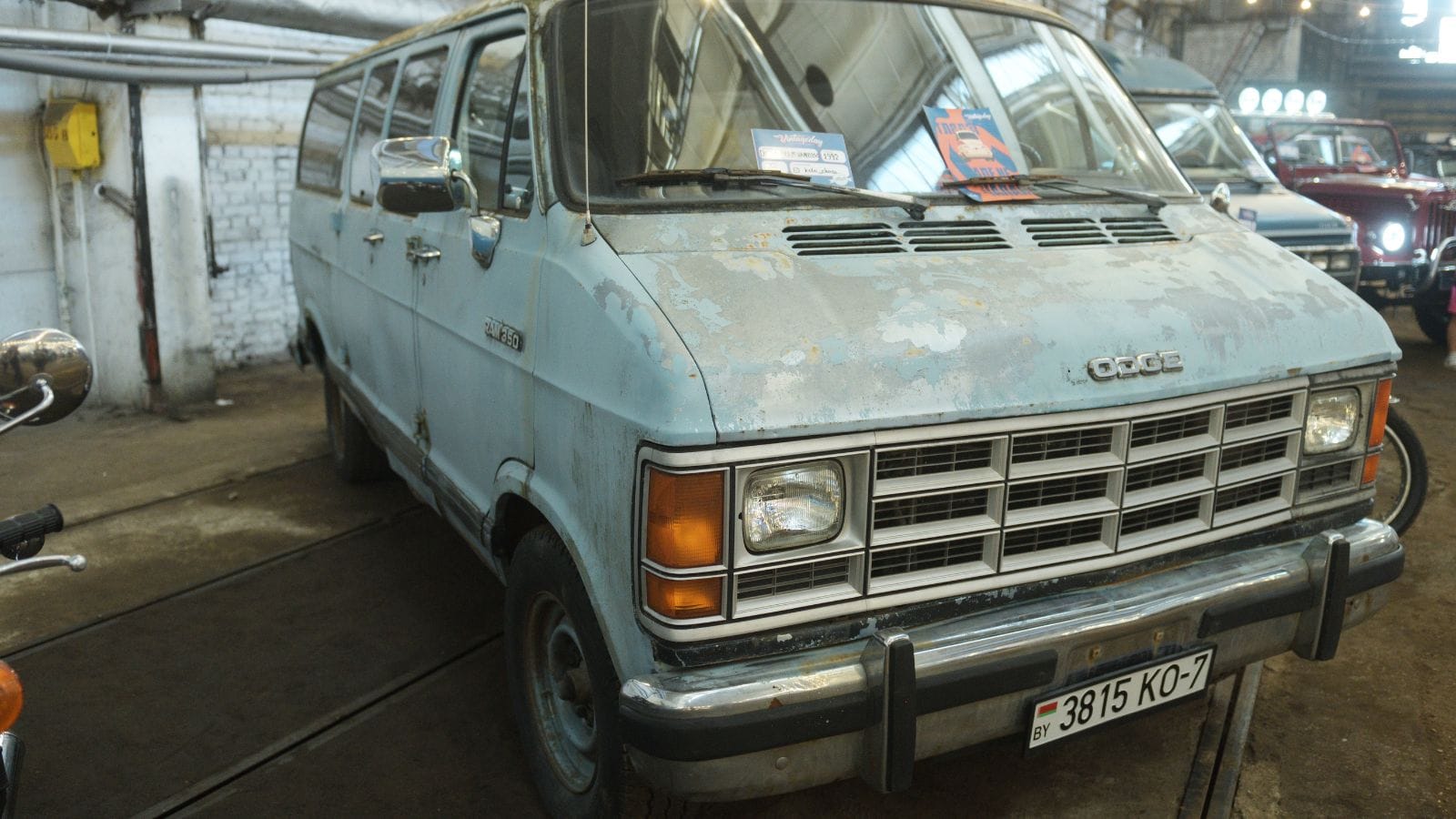
Before the ProMaster, there was the Dodge Ram Van. Originally branded as the “Dodge Ram Wagon,” it was built on the same platform as the Dodge B-series pickup. The van was known for its versatile configurations, including 8- and 12-passenger seating, and was a favorite for commercial and personal use. Powertrain options included a range of inline-six and V8 engines, with the 5.2L and 5.9L V8s being the most common, paired with 3- or 4-speed automatic transmissions.
Fiat Ducato
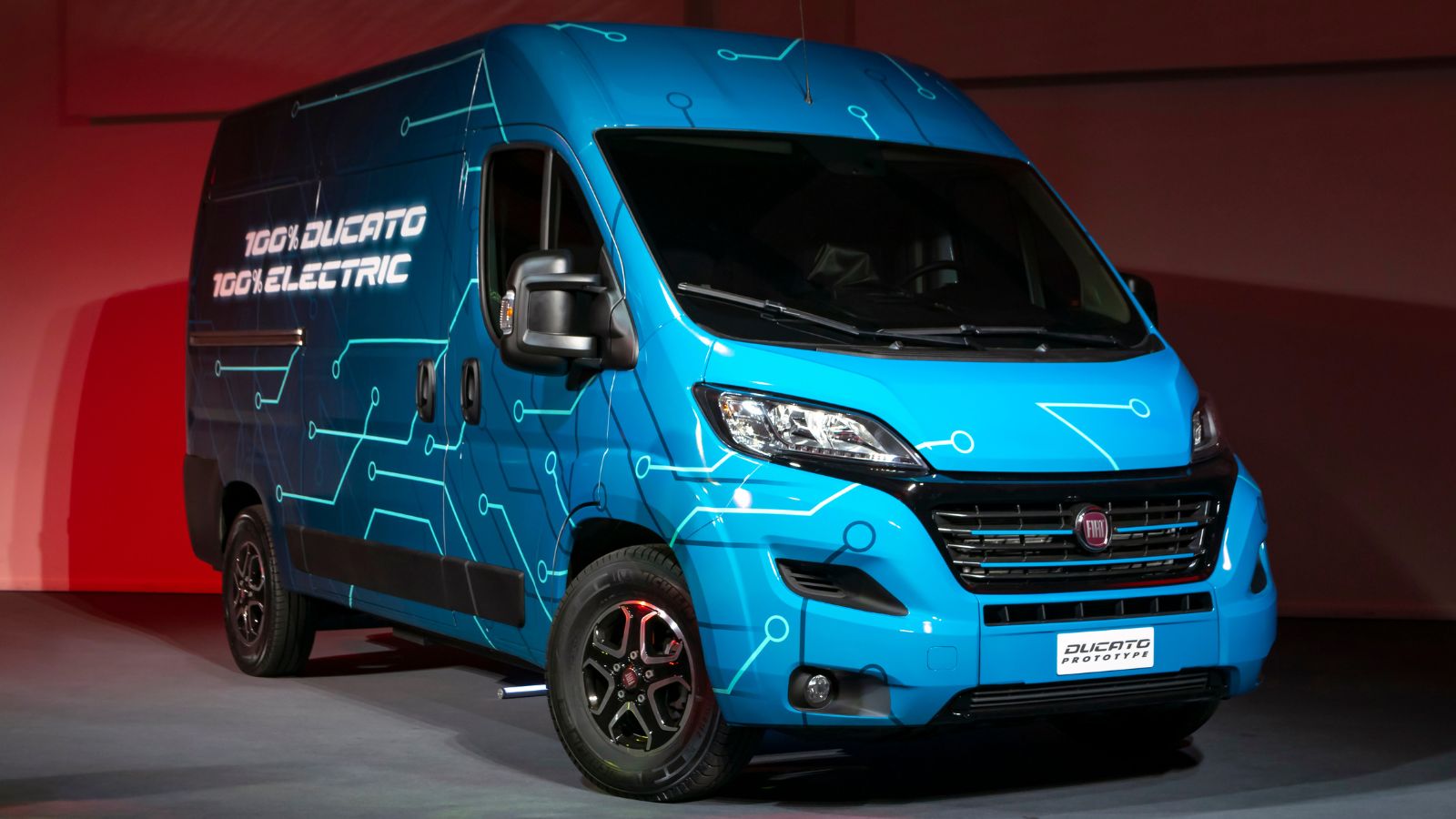
The Fiat Ducato might sound fancy, but it’s all about practicality. Popular in Europe, it’s often used as a delivery van or camper base. The Ducato boasts a front-wheel-drive layout, contributing to a low-loading floor, which is ideal for cargo and mobility. The ergonomically designed cabin has an intuitive infotainment system and safety features like lane assist, parking sensors, and adaptive cruise control. Over 3 million units of the Ducato have been sold and it remains a top choice for small businesses, delivery services, and campers.
Mitsubishi Delica
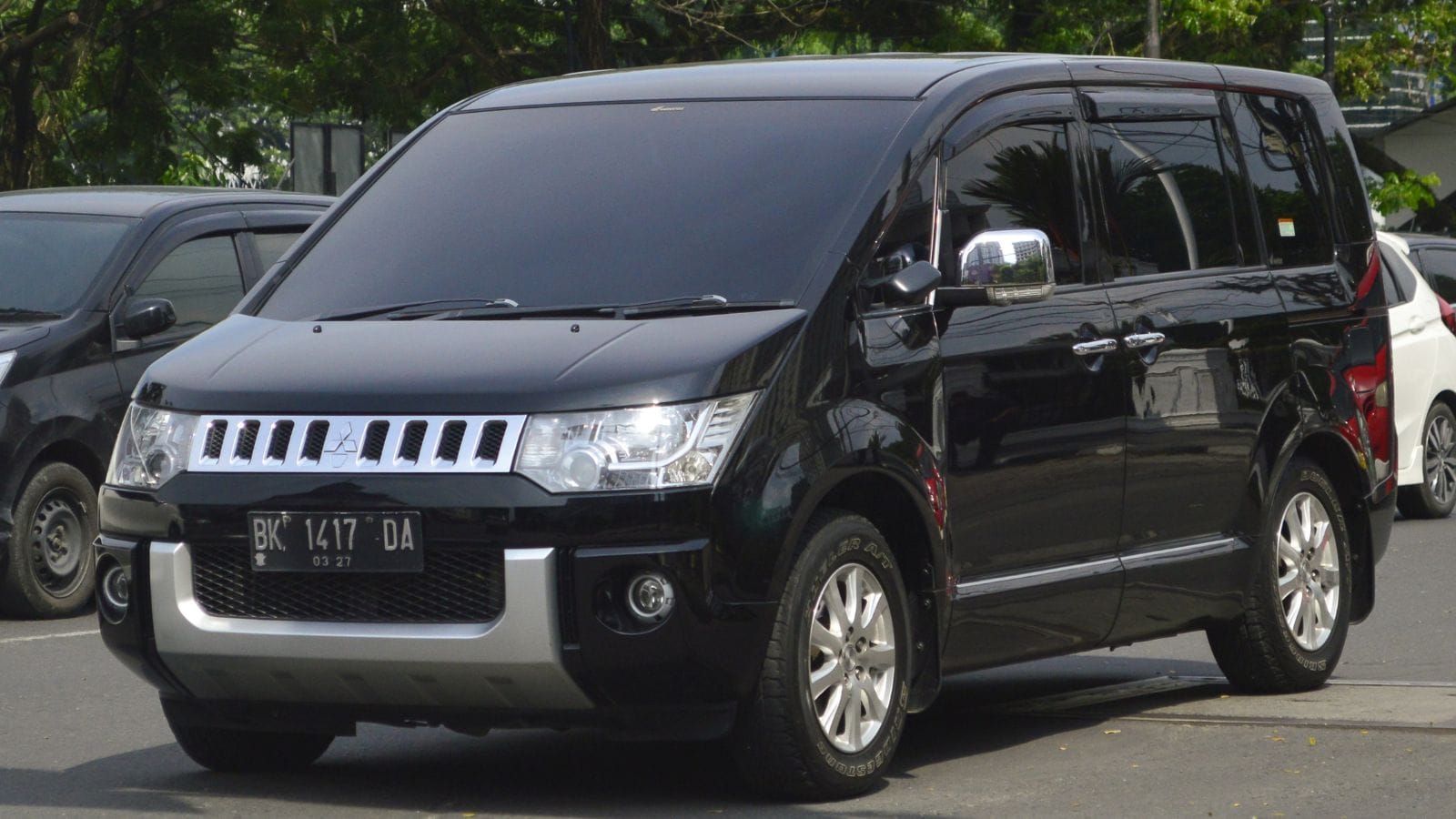
Part van, part off-road beast, the Mitsubishi Delica has a cult following. Its most iconic iteration, the Star Wagon, boasts a cab-over-engine layout and enough ground clearance to make SUVs blush. Modern models like the Delica D:5 blend futuristic design with family-friendly features, ensuring it’s as comfy as possible. Loved by overlanders, surfers, and eccentric adventurers, the Delica isn’t just a vehicle—it’s a lifestyle. It proves that even a van can dream of conquering the wild.
Hyundai H-1 (Starex)
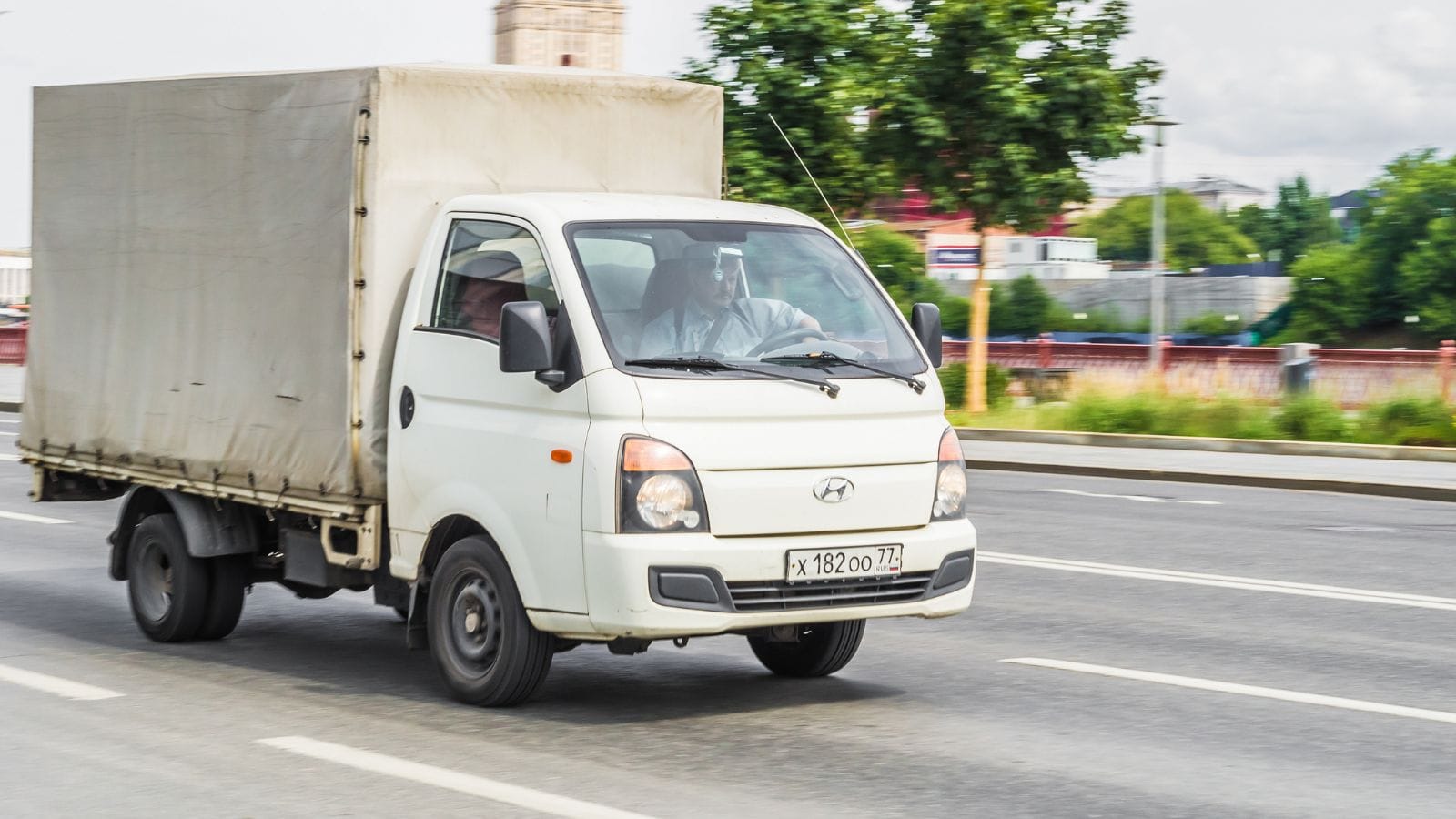
Popular in Asia and the Middle East, the Hyundai H-1 is a versatile van used for everything from school buses to mobile clinics. Equipped with engine options ranging from fuel-sipping diesel to punchier petrol, the H-1 is a durable legend. With seating up to 12, it’s perfect for family road trips or low-key hauling goats (not officially recommended). If practicality had a mascot, this van would be it. Drive one, and you might forget SUVs exist!
Vauxhall Vivaro
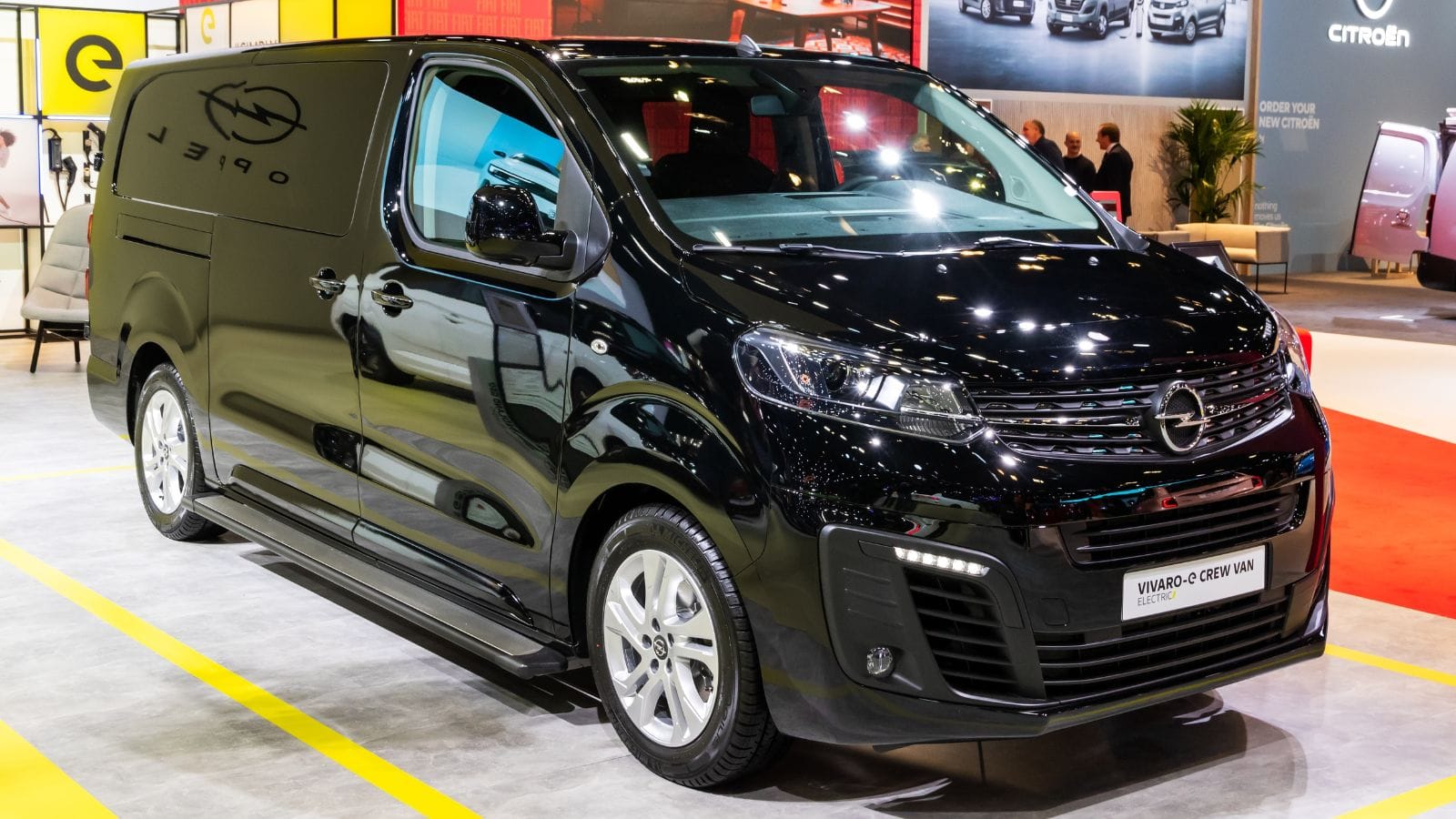
Built in the UK, the Vauxhall Vivaro is a favorite among British tradespeople. With diesel and electric options (hello, eco-warriors), the Vivaro boasts fuel economy that won’t make your wallet cry and payloads up to 1,400kg, perfect for everything from toolkits to, let’s face it, an accidental IKEA binge. The cab is also like a rolling office with techy treats like Apple CarPlay and a reversing camera to keep your parking anxiety in check. In short, the Vivaro is the workhorse you didn’t know could be this charming.
Iveco Daily
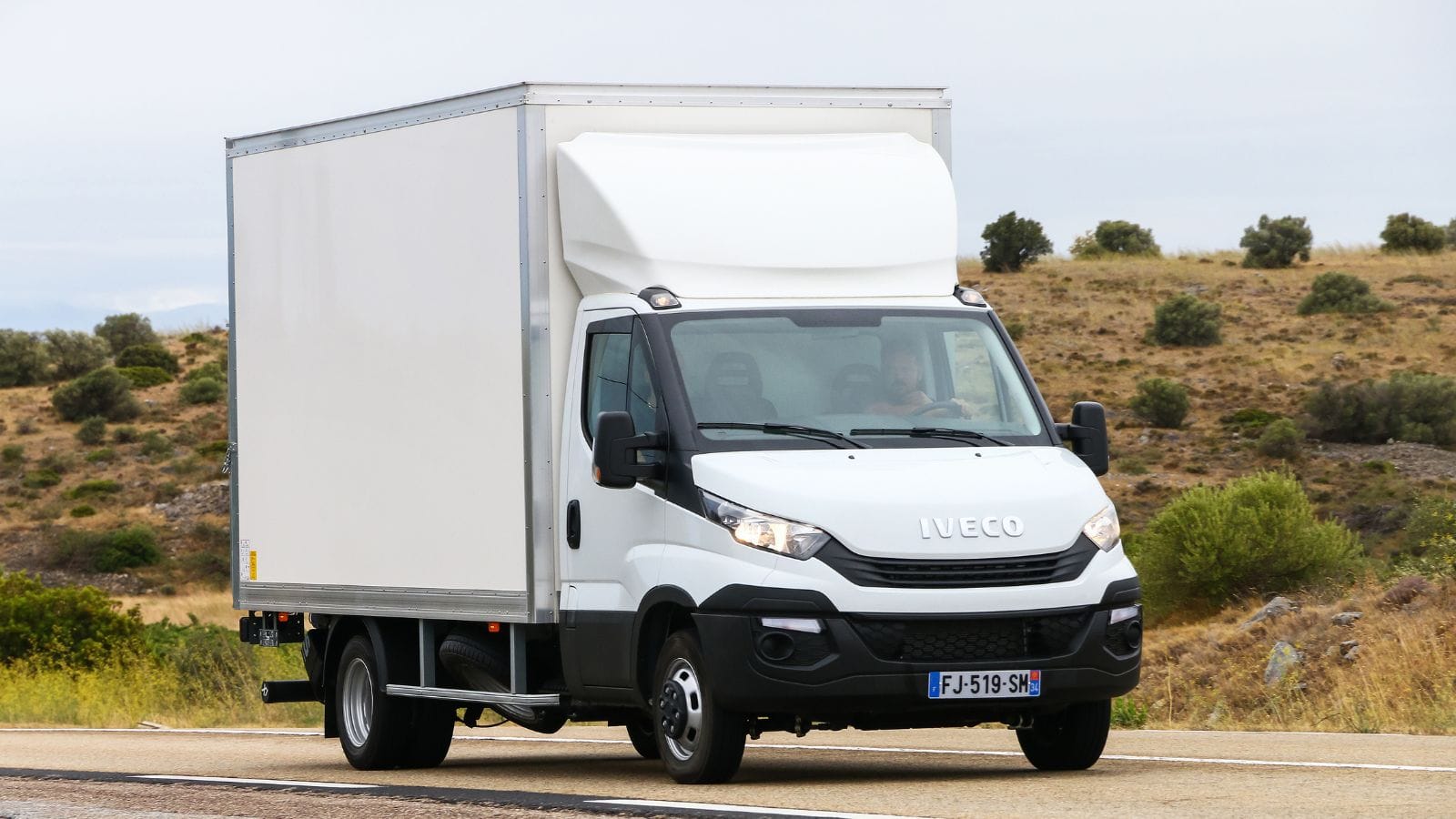
The Iveco Daily is a giant among work vans, capable of hauling serious loads. Born in 1978, this workhorse hauled everything from bricks to band gear across continents. It’s a light commercial van with big dreams, boasting payloads of up to 4,900 kg and a range of configurations, including chassis cab, minibus, and panel van. Think of it as a shapeshifter for the road. Drivers praise its comfort and techy bits like adaptive cruise control, while fleet managers love its reliability.
Ford E-Series
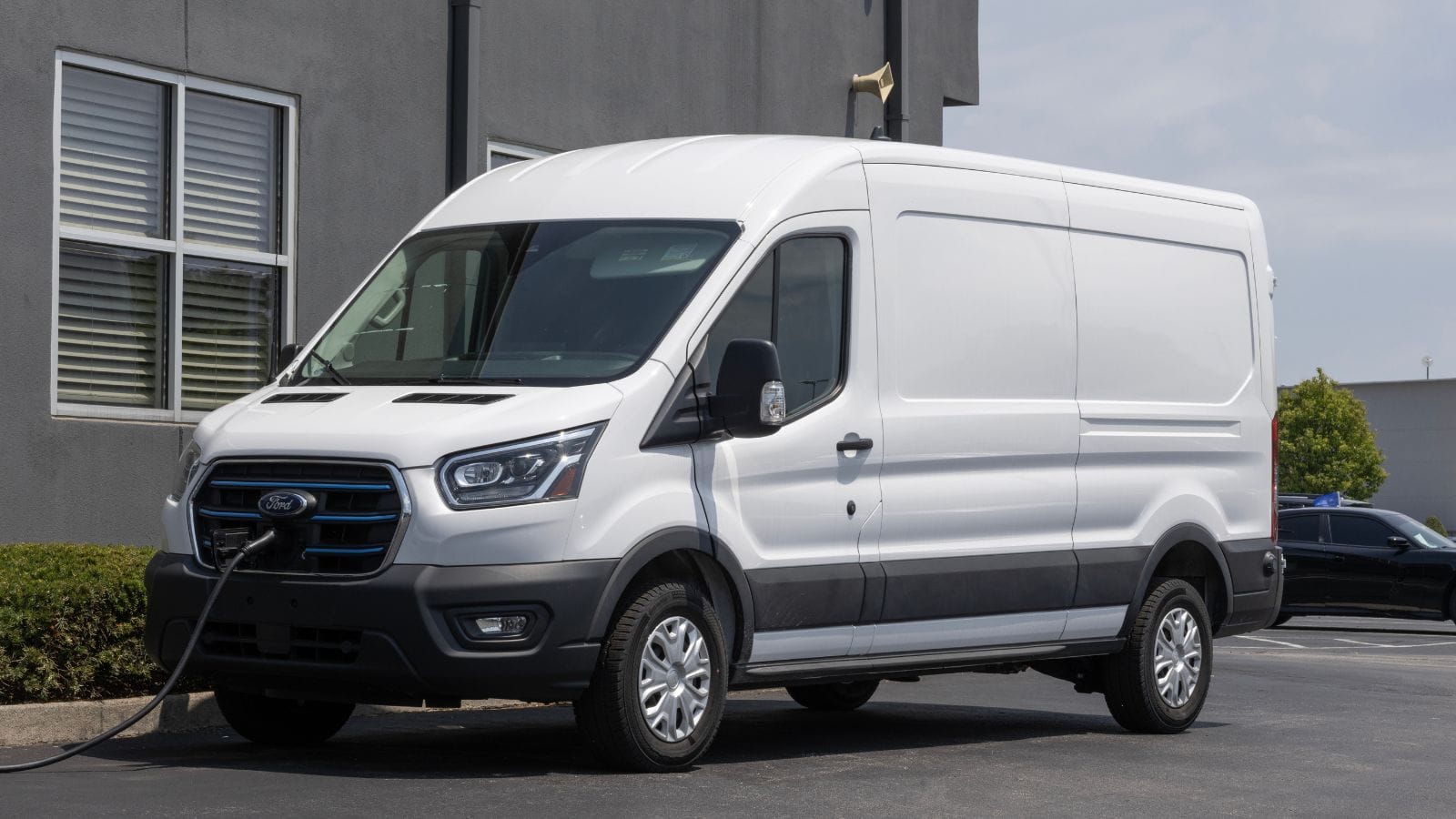
The Ford E-Series, aka the Econoline or Club Wagon, is like the– hauling plumbers, band gear, and camping dreams since 1961. Once dominating the van market, it served as ambulances, church buses, and mobile taco kitchens. Production of passenger models ended in 2014 and was replaced by the Transit, but the E-Series soldiered on as a cutaway chassis for businesses needing serious payloads. With over 8 million units sold, it’s a vehicular Hall of Famer. Want a vehicle that’s part of a workhorse, road warrior, and all legacy? The Ford E-Series is your four-wheeled MVP.
Suzuki Carry
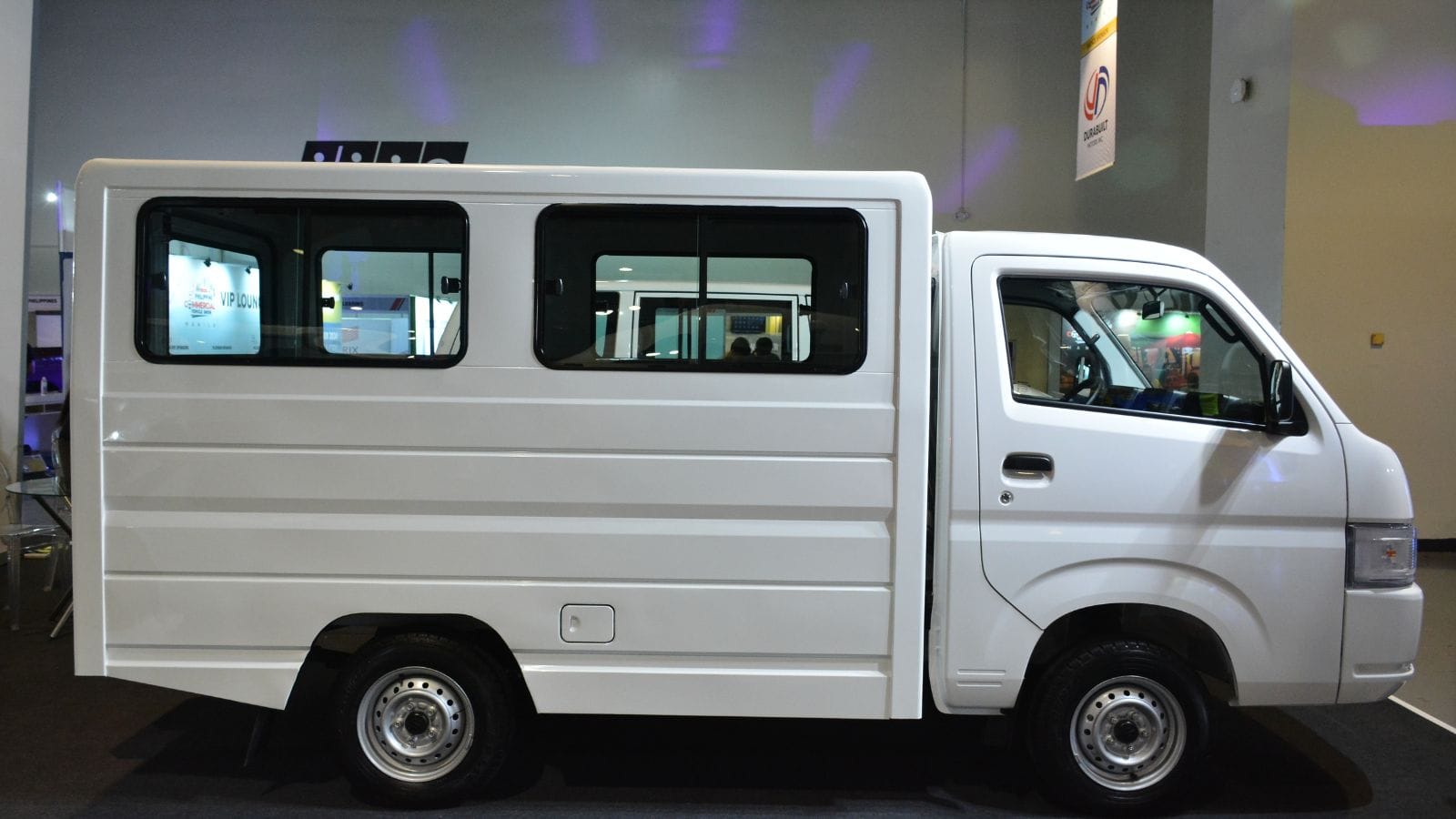
The Suzuki Carry might be small, but it’s mighty. Born in 1961, this pint-sized workhorse has hauled everything from cabbages to construction supplies across the globe. It’s a kei truck (read: Japan’s adorable answer to “How small can we make a truck?”) with a big heart, powered by a series of modest engines, usually under 1.5L. Its compact size means it can squeeze through alleys where other vehicles dare not venture. In short, if Small and Mighty had a mascot, the Carry would win.
Freightliner Sprinter
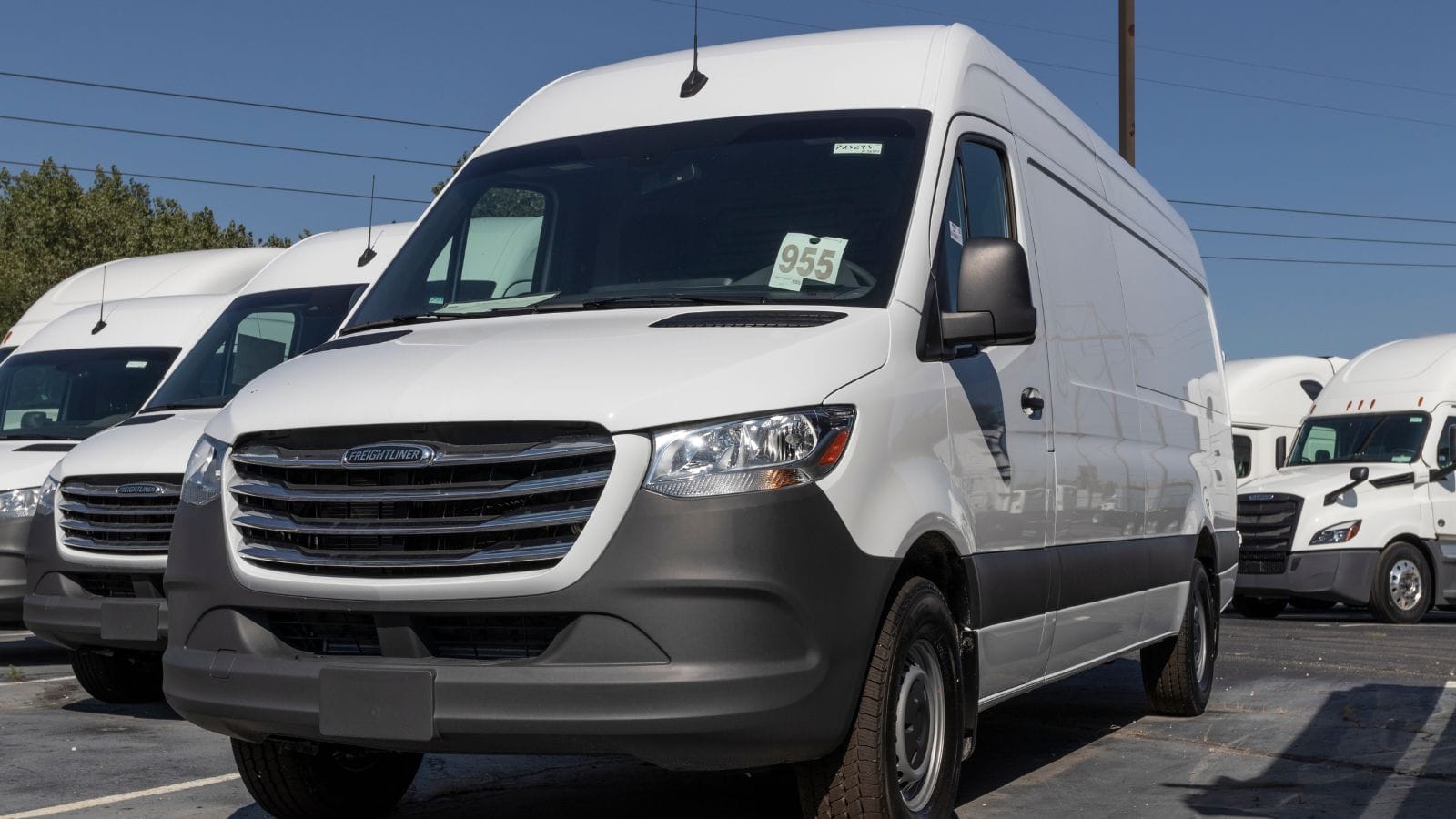
A sibling to the Mercedes-Benz Sprinter, the Freightliner version is a favorite for commercial use. With high roof options (hello, standing room!) and advanced safety features like crosswind assist, it’s built to keep you upright—physically and financially. And let’s not forget its MPG game, which outshines most competitors like a valedictorian in a class of C students. So, whether you’re a courier, an adventurer, or someone with too much stuff, the Freightliner Sprinter has your back—and probably your roof rack.
Honda Acty
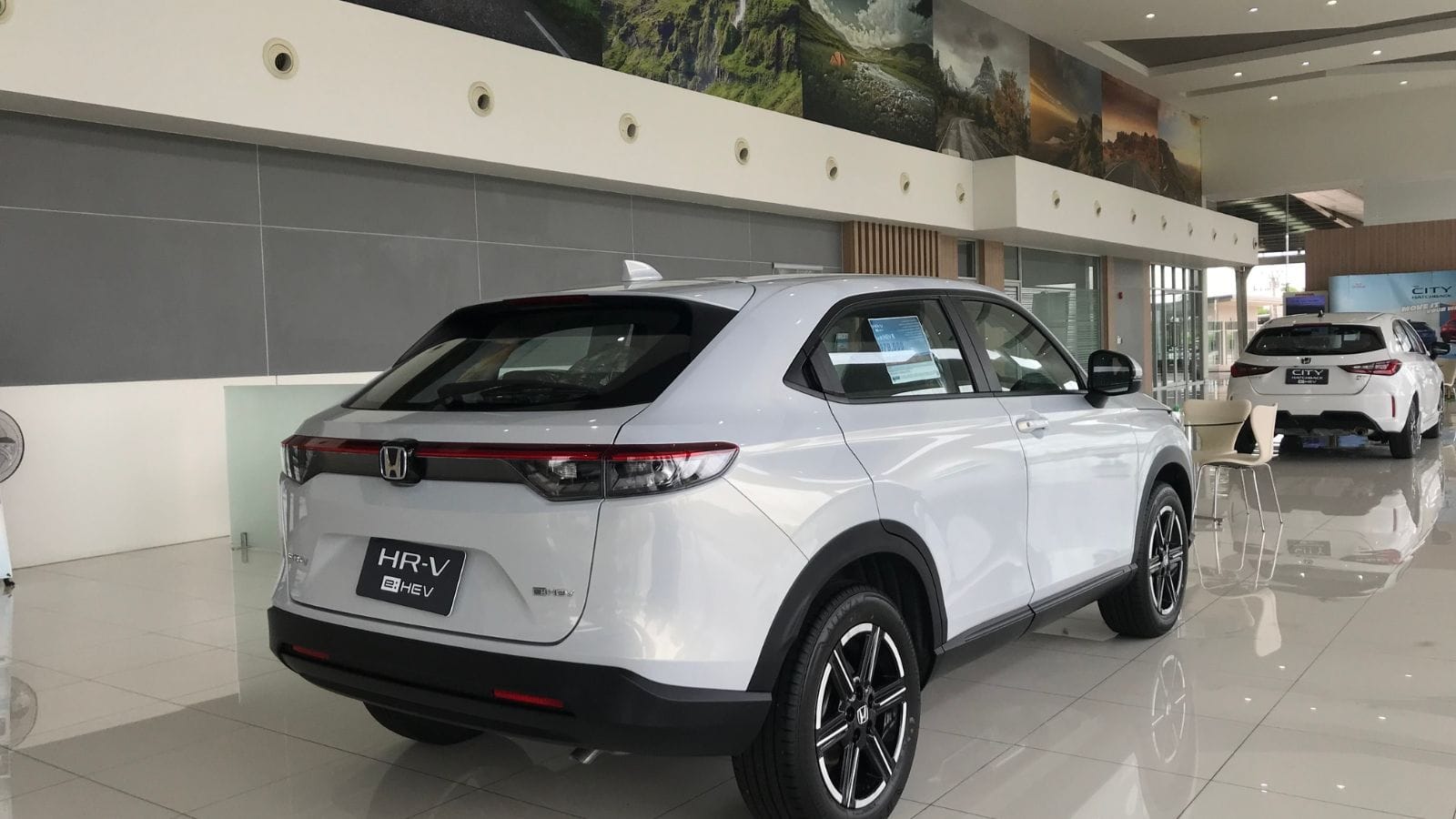
The Honda Acty, Japan’s adorable workhorse-on-wheels, is a Kei truck first unleashed in 1977. Kei trucks are tiny, but the Acty proves that good things come in small packages. With a weight limit of 350 kg (771 lbs.) and an engine under 660cc (post-1990s), it’s perfect for squeezing through tight alleys or delivering turnips in Tokyo. Also famed for reliability, low running costs, and undeniable cuteness, it’s beloved by farmers, delivery drivers, and quirky car enthusiasts. Though officially retired in 2021, its legacy lives on in mini-truck lore.
LDV Maxus
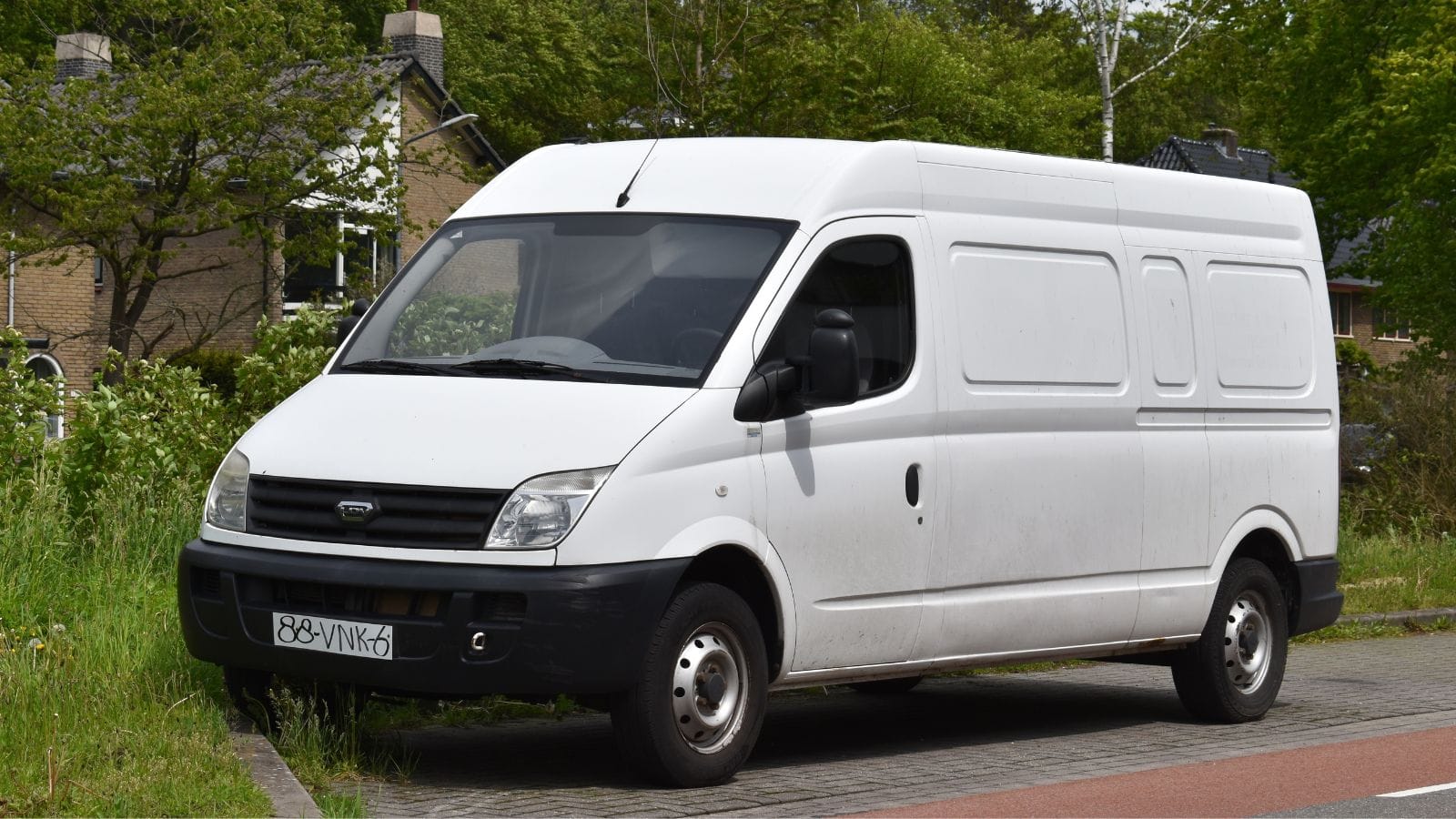
The LDV Maxus might not be a household name, but it’s a solid choice for businesses on a budget. The Maxus lineup has something for everyone—cargo vans, minibusses, and even electric options like the eDeliver 9. Need space? These vans practically scream, “Stuff me full of tools, goods, or camping gear!” Also, the electric models boast ranges of over 200 miles, making them the eco-warrior’s choice. Plus, not just about function, the Maxus also offers creature comforts—like touchscreen infotainment and safety tech.
Kia Bongo
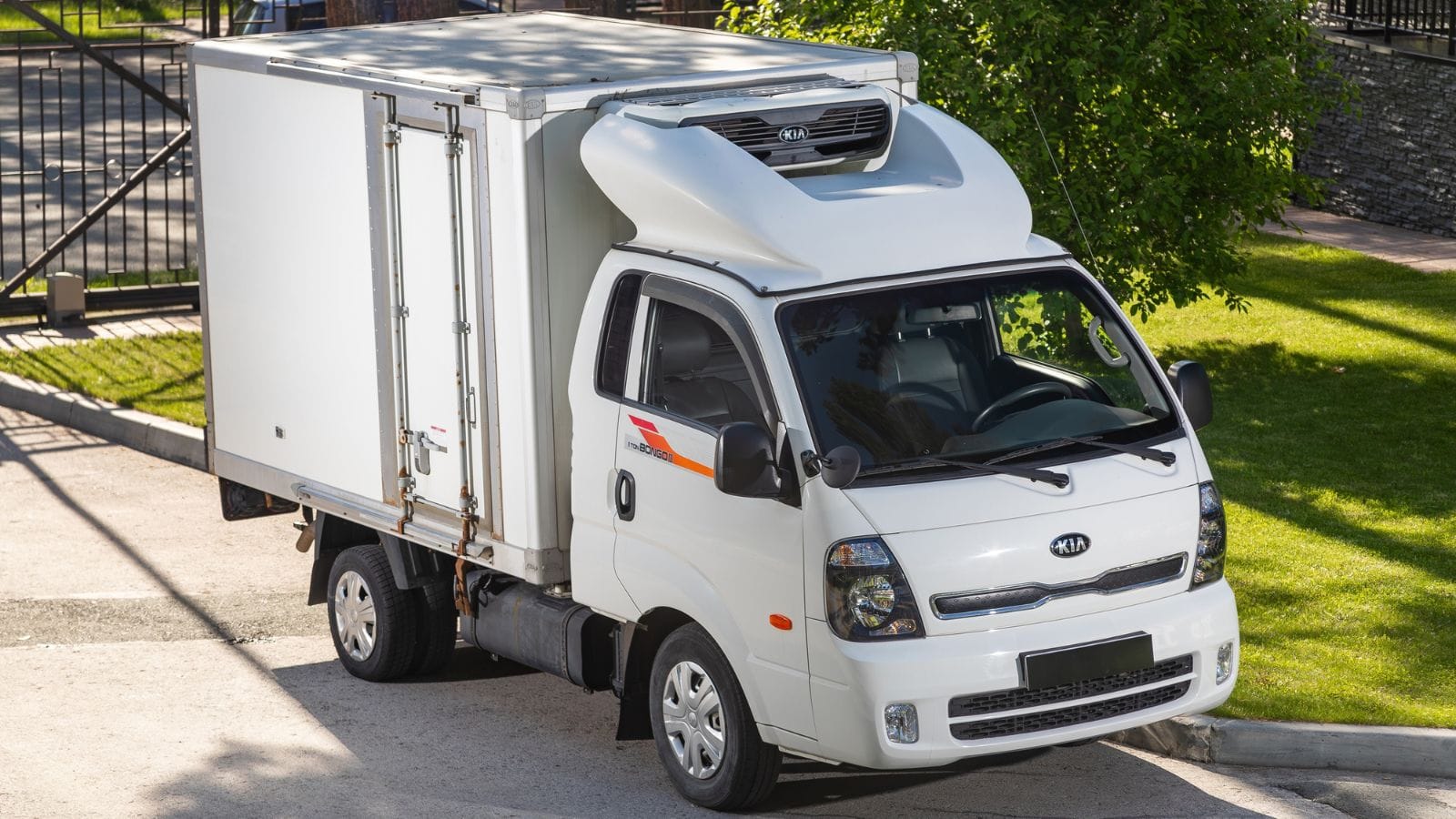
The Kia Bongo, also known as the Kia K-Series, is a compact workhorse on wheels that proves size isn’t everything. Born in 1980, this versatile pickup truck has become a global superstar in the “carry everything, anywhere” category. With payload capacities ranging from a half-ton to 1.5 tons, it’s the buddy you call when your fridge won’t fit in your car. Further, its practicality is unmatched. Choose from flatbeds, closed vans, or refrigerated options.
18 Budget-Friendly Electric Cars That Last Longer Than Their Loans — Economical Electrics
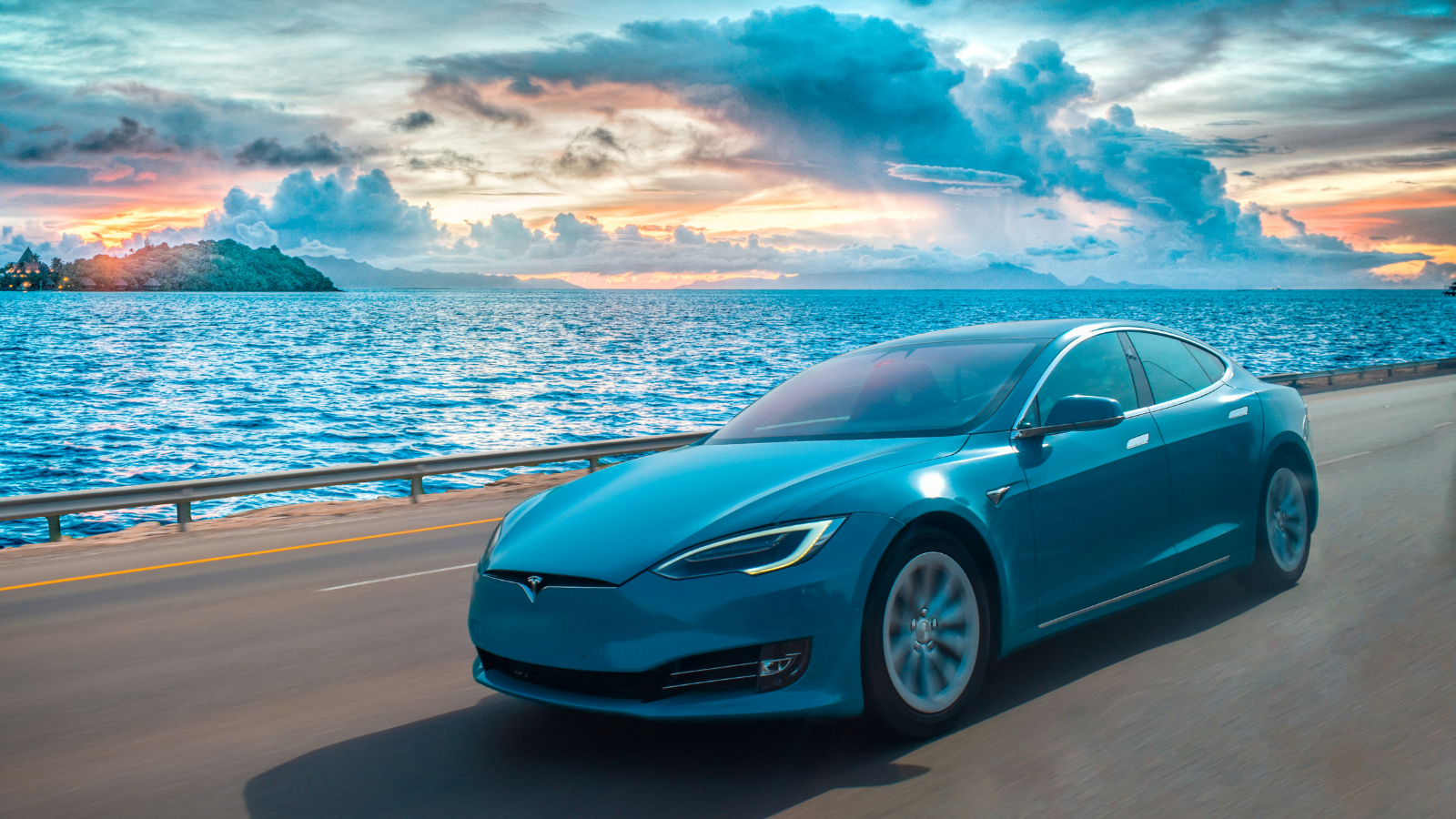
Electric vehicles are no longer a luxury for the elite—they’re a smart investment for the everyday driver. With manufacturers stepping up to the plate, affordable EVs now deliver on reliability, range, and modern comforts. Here’s a look at 18 economical electric cars engineered to outlast their payment plans.
18 Budget-Friendly Electric Cars That Last Longer Than Their Loans — Economical Electrics
